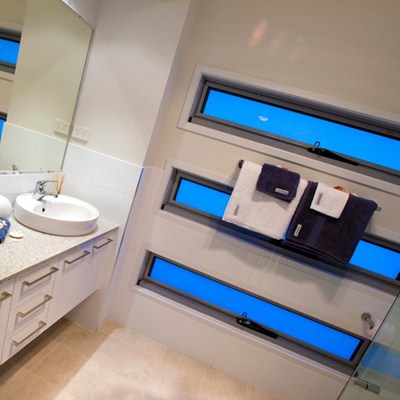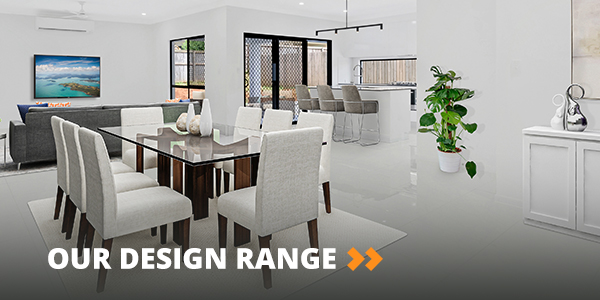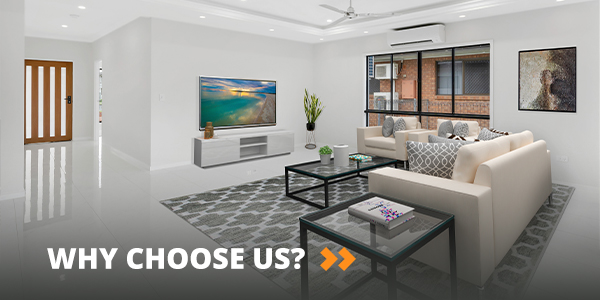
The great truism that the more things change the more they stay the same particularly applies to residential housing in Australia.
A good example of this is the return to popularity of the good old granny flat – which is now described by town planners as a secondary dwelling.
Despite the change of name, a granny flat is still a self-contained dwelling (ie with its own kitchen, bathroom, laundry and sleeping and living area) which may be located within, or attached to, or separate from, one principle self-contained dwelling on a free-hold block of land.
While most granny flats are used for use by family members, changes to town planning in many jurisdictions now allow third parties to rent out secondary dwellings which are usually in well-established popular areas and offered at more affordable rental rates.
Councils have sought to make town planning changes to ease the demand for affordable rental housing and achieve higher development density rather continue to foster urban sprawl.
Home owners benefit by being able to generate income from renting the granny flat and depending on the design and rental return may generate double digit yields (ie an $80,000 granny flat rented for $250 a week for a year will yield around 16%).
While local authority regulations vary from area-to-area, the granny flat will have maximum designated floor area (which for example, is 60 sqm in New South Wales and 70 sqm in Perth).
The Integrity Group has designed and built several granny flats as part of a contract for new principal and secondary dwellings on the one free-hold block of land and is seeing increased enquiry and demand in the Whitsunday region.


